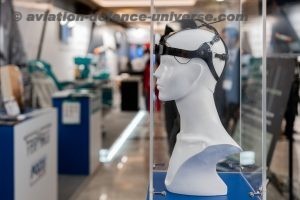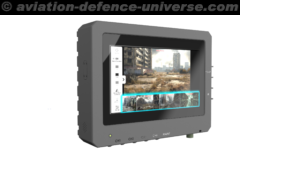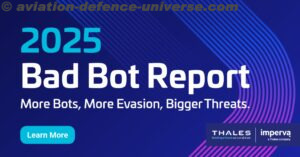 Moscow. 12 September 2018. Rostec has created a pre production model of a device for information exchange between the brain and an external device (household appliances, computer, exoskeleton, artificial sensory organs, wheelchair). The neural interface works dependably in large crowds, on mass transport, and when surrounded by a large number of transmitting devices.
Moscow. 12 September 2018. Rostec has created a pre production model of a device for information exchange between the brain and an external device (household appliances, computer, exoskeleton, artificial sensory organs, wheelchair). The neural interface works dependably in large crowds, on mass transport, and when surrounded by a large number of transmitting devices.
The Bruk Institute for Electronic Control Computers (INEUM), part of State Corporation Rostec’s Automation concern, is behind the technology. The invention uses a device for adaptive digital processing of brain electrical activity and a noninvasive method of data extraction with “dry” electrodes. This makes it possible to record 92-95% of signals accurately without direct contact with the brain, by integrating the interface into a special helmet, which can be easily put on and taken off.
A software and hardware platform that processes signals and filters out interference was created especially for the neural interface. Thanks to that, the device works not only in sterile laboratory conditions, it functions dependably in large crowds, in mass transit, or when surrounded by a large number of transmitting devices. The accuracy of signal processing does not decrease in these cases.
“Robotics is a key area of research and activity for the world’s industrial corporations. Rostec is no exception. With this development, our engineers have opened up new possibilities for prosthetics and rehabilitation of people with motor impairments. The neural interface can control any electronics: prosthetic devices or vehicles. The device can be used to manage a smart home system or as a joystick in computer games. Plans are to release the helmet on the open market in 2019,” said CEO of Rostec Sergey Chemezov.
The Biotechmed forum is being held 9-11 September 2018 in Gelendzhik. It combines a scientific conference with exhibition space to stimulate discussion and the exchange of information. The goal of Biotechmed is to generate interest in a synergy to ensure the transition to next generation medicine and to form a unifi



































































































































